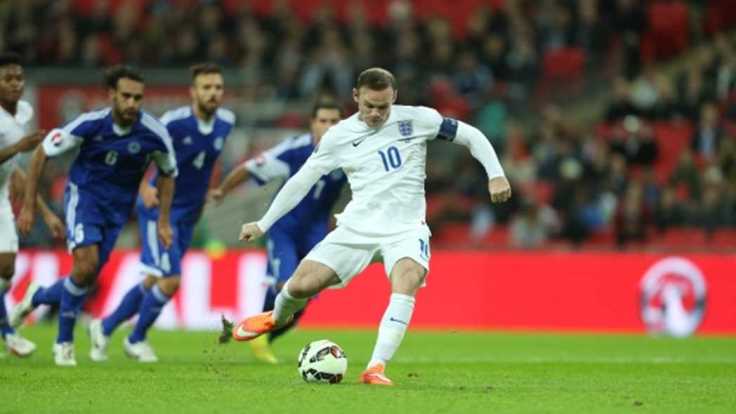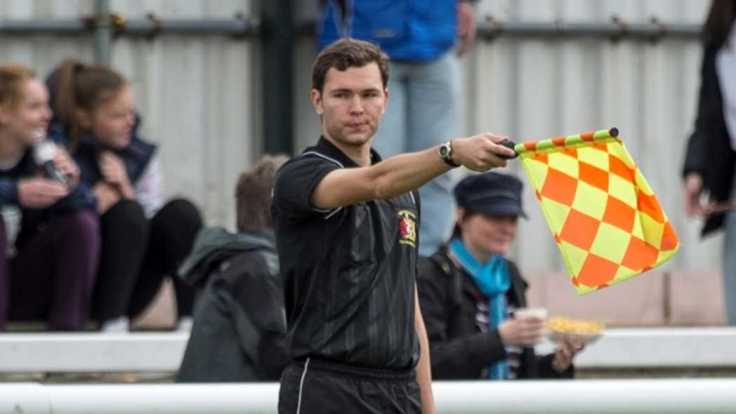The referee (Law 5) :

The authority of the referee
Each match is controlled by a referee who has full authority to enforce the Laws of the Game in connection with the match.
Decisions of the referee
Decisions will be made to the best of the referee`s ability according to the Laws of the Game and the spirit of the game and will be based on the opinion of the referee who has the discretion to take appropriate action within the framework of the Laws of the Game.
The decisions of the referee regarding facts connected with play, including whether or not a goal is scored and the result of the match, are final.
The referee may only change a decision on realising that it is incorrect or on the advice of another match official, provided play has not restarted or the referee has signalled the end of the first or second half (including extra time) and left the field of play or terminated the match.
If a referee is incapacitated, play may continue under the supervision of the other match officials until the ball is next out of play.
Referee’s Equipment
COMPULSORY EQUIPMENT
- Whistle(s)
- Watch(es)
- Red and yellow cards
- Notebook (or other means of keeping a record of the match)
The assistant referees :

Other match officials (two assistant referees, fourth official, two additional assistant referees and reserve assistant referee) may be appointed to matches. They will assist the referee in controlling the match in accordance with the Laws of the Game but the final decision will always be taken by the referee.
The match officials operate under the direction of the referee. In the event of undue interference or improper conduct, the referee will relieve them of their duties and make a report to the appropriate authorities.
With the exception of the reserve assistant referee, they assist the referee with offences and infringements when they have a clearer view than the referee and they must submit a report to the appropriate authorities on any serious misconduct or other incident that occurred out of the view of the referee and the other match officials. They must advise the referee and other match officials of any report being made.
The match officials assist the referee with inspecting the field of play, the balls and players’ equipment (including if problems have been resolved) and maintaining records of time, goals, misconduct etc.
Competition rules must state clearly who replaces a match official who is unable to start or continue and any associated changes. In particular, it must be clear whether, if the referee is unable to start or continue, the fourth official or the senior assistant referee or senior additional assistant referee takes over
Assistant referees
They indicate when:
- the whole of the ball leaves the field of play and which team is entitled to a corner kick, goal kick or throw-in
- a player in an offside position may be penalised
- a substitution is requested
- at penalty kicks, the goalkeeper moves off the goal line before the ball is kicked and if the ball crosses the line; if additional assistant referees have been appointed the assistant referee takes a position in line with the penalty mark
The assistant referee’s assistance also includes monitoring the substitution procedure.
The assistant referee may enter the field of play to help control the 9.15m (10 yards) distance.















 All balls must be:
All balls must be:
